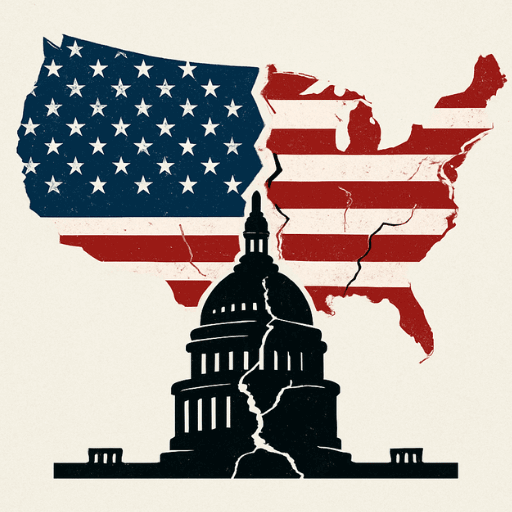Silent Threat: How Budget Cuts Are Crippling America’s Disease Defense
Introduction: The Warning Signs We’re Ignoring
While headlines obsess over political drama, a quieter, more dangerous crisis is unfolding behind closed doors. America’s disease surveillance and response infrastructure is being hollowed out—and most people don’t even realize it. The Centers for Disease Control and Prevention (CDC), once a global gold standard in public health, is being gutted by relentless budget cuts and ideological interference. What’s at stake isn’t just the CDC’s reputation—it’s your life, your family’s safety, and the stability of the entire country.
A System on Life Support
The CDC is more than just the agency that told you to wear a mask or get vaccinated. It’s a vast, complex network of labs, data systems, researchers, epidemiologists, and partnerships with state and local health departments. It detects disease outbreaks, monitors bioterror threats, supports rural clinics, and coordinates responses to everything from measles to opioids to antimicrobial resistance.
But that system is cracking. In 2025 alone, over 1,300 employees—roughly 10% of the CDC’s workforce—were laid off, including top talent in virology, modeling, and emergency response. Entire programs have been shuttered, including some responsible for international collaboration on infectious diseases. These weren’t bureaucratic cuts. These were America’s first responders in a biological crisis.
The Political Assault on Public Health and Disease Defense
The cuts haven’t occurred in a vacuum—they’ve been fueled by a toxic blend of political opportunism and anti-science rhetoric. The CDC has been vilified for its role during the COVID-19 pandemic, and now it’s being punished for it. Rather than improve its capabilities, federal leaders have chosen to defund and decentralize public health under the banner of “efficiency.”
Former CDC director Dr. Rochelle Walensky once warned, “We are safest when we are strongest globally.” That strength is gone. Partnerships with the World Health Organization have been slashed. CDC offices in dozens of countries have closed. And with them, our early-warning system for emerging threats is going dark.
A Delayed Response is a Deadly Response
In public health, delays kill. When disease surveillance breaks down, outbreaks grow unchecked. The faster a virus spreads before detection, the harder it is to contain. We saw this with COVID-19. We could see it again—only next time, it might be worse.
Take the 2014 Ebola outbreak in West Africa. It was CDC personnel on the ground who helped identify, contain, and support local health authorities. Imagine that same outbreak happening today, with a hobbled CDC and reduced international cooperation. Would the United States even know it was coming before it hit our shores?
State and Local Health Departments Are Next
The CDC doesn’t operate in isolation. Much of its budget supports state and local health departments—those that track foodborne illness, issue quarantine orders, and run flu vaccine drives in your town. As CDC funding evaporates, these health departments are losing personnel and scaling back services. Some small communities have been left with no public health officer at all.
Without support, rural and underserved areas will suffer most, further deepening health inequities. It’s not just a policy issue—it’s a moral one.
This Is National Security
Public health isn’t just a healthcare issue—it’s national security. That’s not a metaphor. Pandemics weaken economies, strain defense readiness, destabilize governments, and kill millions. A nation that can’t track or respond to emerging threats is a nation at risk.
Yet instead of bolstering the CDC, the federal government has moved to cut its budget, silence its scientists, and politicize its leadership. This signals to adversaries that America is vulnerable. And it sends a chilling message to allies who once saw us as a leader in global health.
What Comes Next?
What happens when the next pandemic hits? Or when an antibiotic-resistant bacteria starts sweeping through hospitals? Or when a bioengineered pathogen leaks across borders?
Without the CDC at full strength, America’s response will be delayed, disjointed, and deadly. Our best scientists may not be in place. Our data systems may not be connected. Our hospitals may be overwhelmed before the country even knows what hit it.
Conclusion: Rebuilding Before It’s Too Late
If we wait until the next crisis to act, it will be too late. Restoring funding, rebuilding staff, and reestablishing trust in the CDC must be national priorities. Public health should never be a partisan issue. It’s about survival.
The silent threat of a weakened CDC isn’t just a bureaucratic inconvenience. It’s a ticking time bomb. And unless we choose to defuse it, we will all be caught in the blast.
